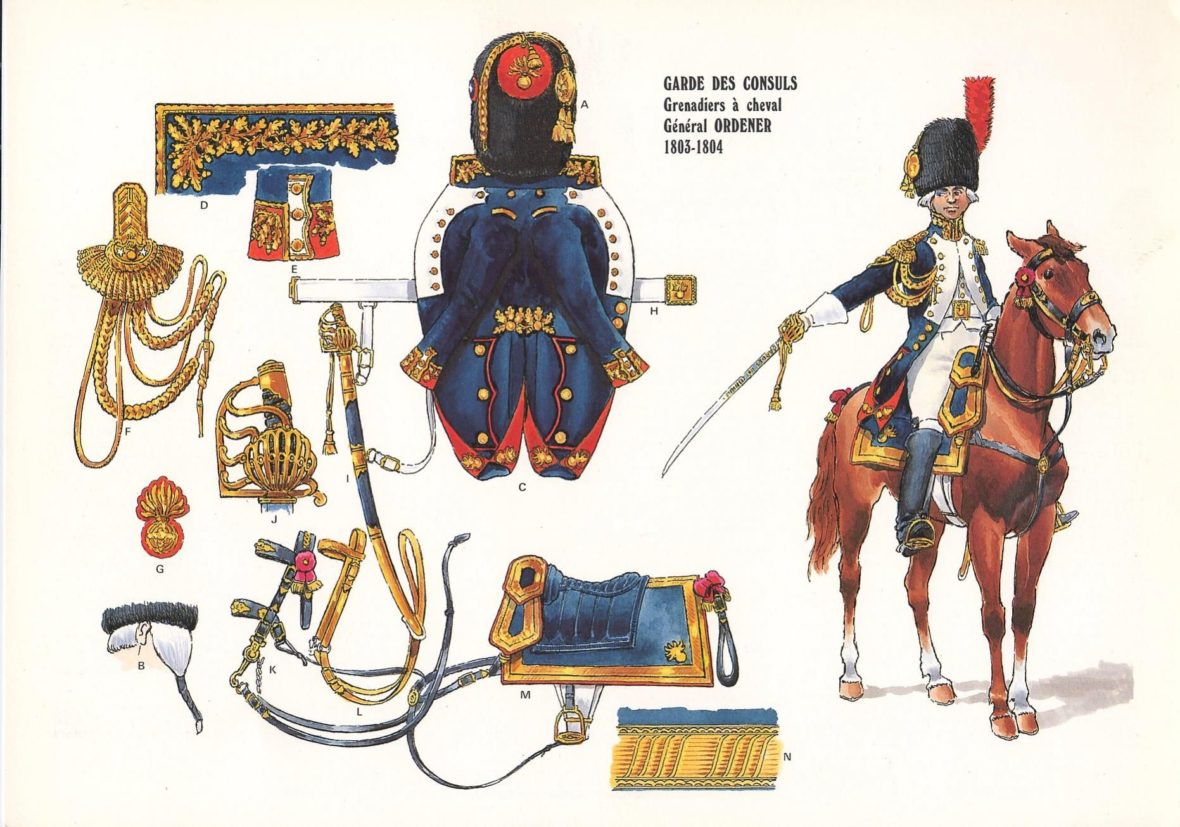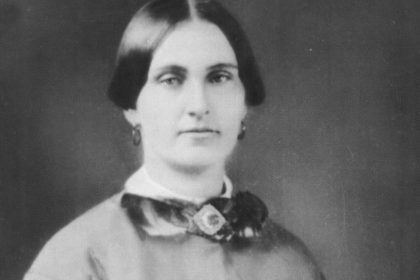Michel Ordener was a general of division and a commander in Napoleon’s elite Imperial Guard. Of plebeian origins, he was born September 2, 1755, in L’Hopital and enlisted as private at the age of 18 in the Prince Conde’s Legion. He was promoted through the ranks; as warrant officer of a regiment of Chasseurs a Cheval, he embraced the French Revolution in 1789. Take a look below for 26 more fun and interesting facts about Michel Ordener.
1. Although little is known of Ordener’s youth, he was the son of commoners and joined the legion of the Prince of Conde at the age of 18.
2. He was assigned as a private of the Boufflers Dragoons, part of this legion.
3. In 1783, he was appointed to the quartermaster corps and in 1787, he was promoted to warrant officer.
4. In the early days of the French Revolution, he adopted its principles with zeal and enthusiasm.
5. Ordener took part in all the French Revolutionary Wars.
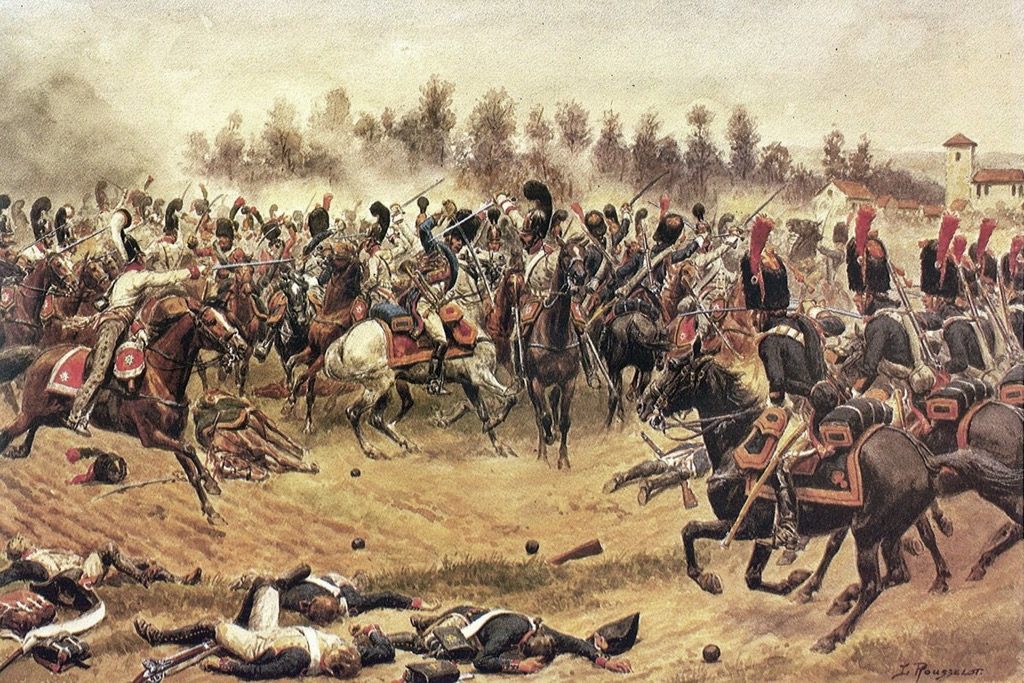
6. In the War of the First Coalition, he served with distinction in the armies of the Moselle, the Rhine, the Danube and in northern Italy.
7. He was promoted to lieutenant in the 10th Regiment Chasseurs à Cheval (light horse) on 25 January 1792 and captain the following year.
8. In 1796, he was promoted to chef de brigade of the 10th Regiment.
9. At the Battle of Lodi, in northern Italy, despite the ravaging fire of Austrian cannons, Ordener held the famous bridge until the arrival of Napoleon with the rest of the army.
10. Ordener crossed the Adda river with a brigade to encircle and envelope the Austrians at the Battle of Pavia. Afterward, he helped to take Milan.
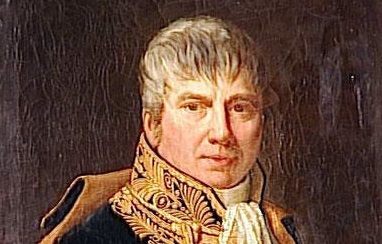
11. At the onset of the War of the Second Coalition in 1799, when the armies of the Danube and Helvetia were formed, he was assigned to the Army of the Danube under command of Jean Baptiste Jourdan.
12. His 10th Regiment was part of Laurent de Gouvion Saint-Cyr’s III. Division, and held the far left flank at the Battle of Ostrach, 21 March 1799, in southwestern Germany.
13. Although he was wounded on 14 August 1799 in Switzerland, he participated in the Second Battle of Zurich in which his 10th Chasseurs à Cheval routed a division of Russians, a decisive moment in the French victory.
14. Ordener was promoted to colonel of the regiment in 1801 and on 29 August 1803, he was promoted to general of brigade.
15. Michel Ordener married Madeleine-Françoise Walter while he served in the quartermaster corps.
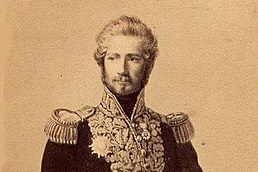
16. They had two children, a daughter mentioned above, and a son.
17. The son, also named Michel, was born in Huningue, on 2 (or 3) April 1787 and attended the special military academy at Metz from which he graduated on 8 December 1803 with the grade of sous-lieutenant (second lieutenant) and an assignment to the 24th Regiment of Dragoons.
18. He also took part in the expedition to Spain and the subsequent invasion of Portugal in 1808. He was promoted to colonel and chef de brigade of the 30th Regiment of Dragoons. The Dragoons received battle honors for their participation at the Battle of Borodino.
19. He was wounded on 28 November 1812 in the withdrawal from Russia, at the Battle of Berezina, and again prior to Napoleon’s abdication, at the Battle of Montmartre. He later fought at the Battle of Waterloo.
20. Despite his record in the Napoleonic wars and his father’s common origins, he remained at his rank of colonel at the Bourbon Restoration, was confirmed as the second Count Ordener, and was acknowledged as a Knight of the Order of Saint Louis.
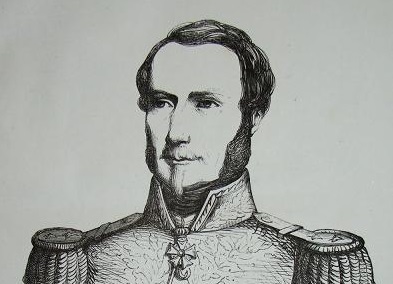
21. Michel Ordener Jr., married Marie-Francoise-Pauline Legouis in 1829 and died in 1875.
22. In 1805, Ordener participated in the campaign against Austria as commander of a regiment of horse grenadiers of the Imperial Guard.
23. At the Battle of Austerlitz, he led a decisive and energetic charge.
24. He executed this, upon order of Napoleon, with impetuosity; this was the charge that pushed the Russians onto the ice and during which, French sources maintain, 40,000 Russians drowned and another 30,000 were taken prisoner.
25. In the 1806 campaign against Prussia, Ordener commanded a division of the elite Imperial Guard cavalry.
26. After this campaign, he became a senator and was appointed to first equerry to the Empress Josephine.

